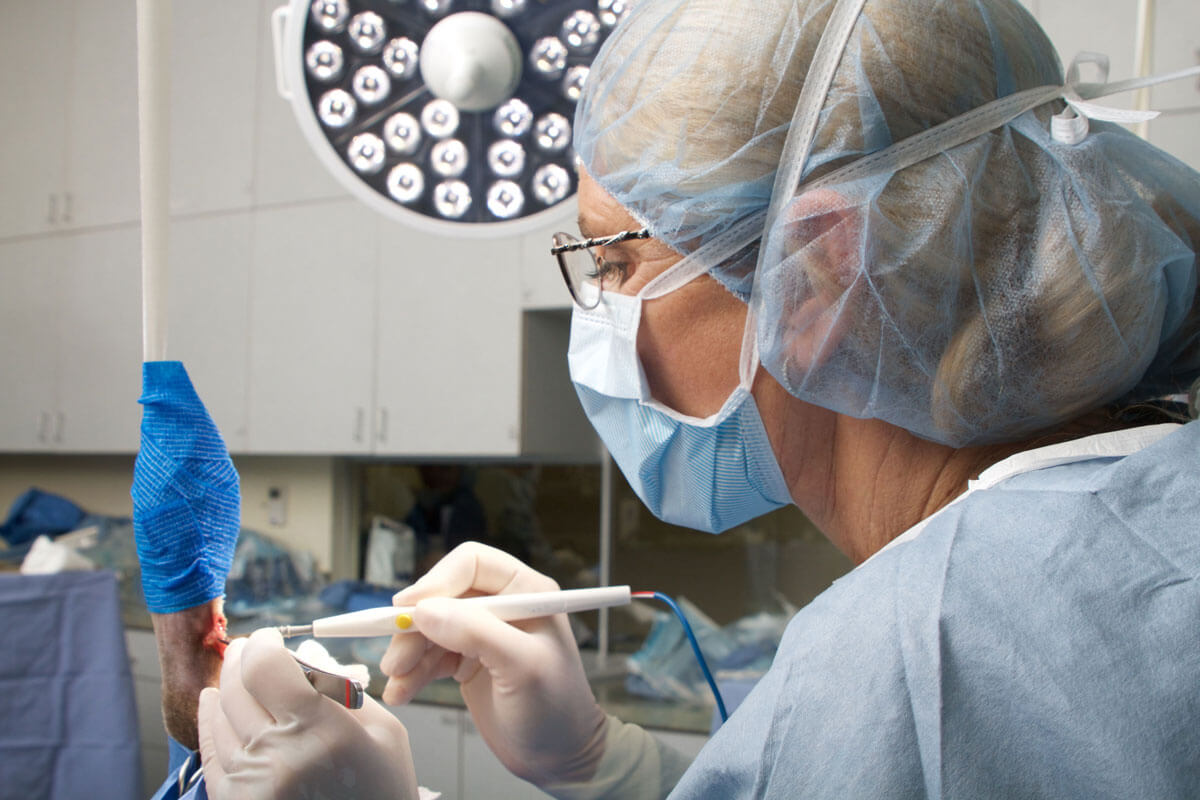
When it comes to being a responsible pet owner, one of the most important decisions you may face is whether to spay or neuter your dog. While this choice can have a significant impact on your furry friend's health and behavior, it can also be a source of confusion for many pet owners. To help you make an informed decision, here are five key facts about dog spay and neuter that you should know.
1. Why Spay or Neuter Your Dog?
Benefits of Spaying Your Female Dog:
- Prevents unwanted litters of puppies
- Reduces the risk of certain cancers, such as mammary cancer and uterine infections
- Helps control overpopulation of dogs in shelters
Benefits of Neutering Your Male Dog:
- Prevents unwanted litters of puppies
- Reduces the risk of testicular cancer and prostate problems
- Decreases the likelihood of roaming and aggressive behavior
2. When Should You Spay or Neuter Your Dog?
The ideal age for spaying or neutering your dog can vary depending on the breed, size, and overall health of your pet. However, it is generally recommended to spay or neuter your dog around 6 months of age. Some shelters and rescue organizations may spay or neuter dogs at a younger age before adoption.
Spaying Your Female Dog:
- Can be done as early as 8 weeks of age
- Some veterinarians recommend spaying before the first heat cycle to maximize health benefits
Neutering Your Male Dog:
- Can be done as early as 8 weeks of age
- Some veterinarians recommend neutering before behavioral issues develop
3. Potential Risks and Complications
While spaying and neutering are common and routine procedures, there are potential risks and complications associated with any surgery. It is important to discuss these risks with your veterinarian before making a decision.
Potential Risks:
- Anesthesia-related risks
- Infection at the surgical site
- Excessive bleeding
- Changes in hormone levels that can affect metabolism and behavior
4. Post-Surgery Care
After spaying or neutering your dog, it is essential to provide proper care to ensure a smooth recovery and minimize any complications.
Tips for Post-Surgery Care:
- Keep your dog calm and confined for the first few days
- Prevent your dog from licking or chewing the incision site
- Follow any medication instructions provided by your veterinarian
- Monitor the incision site for signs of infection or other issues
5. Making the Decision: Consult with Your Veterinarian
Ultimately, the decision to spay or neuter your dog should be made in consultation with your veterinarian. Your vet can provide guidance based on your dog's breed, age, health, and lifestyle factors.
Questions to Ask Your Veterinarian:
- What are the health benefits of spaying or neutering my dog?
- What is the ideal age for spaying or neutering my dog?
- Are there any specific risks or considerations for my dog's breed?
- What post-surgery care will be required?
By considering these key facts about dog spay and neuter, you can make an informed decision that is best for your furry friend's health and well-being.


